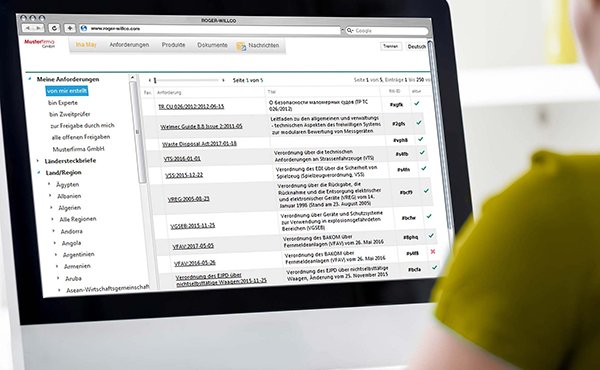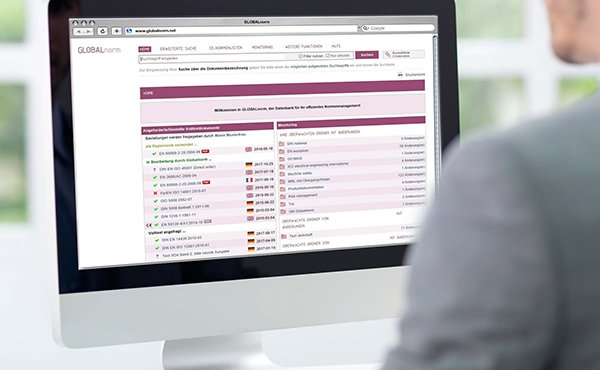On July 8, 2021, numerous corrections to Regulation (EU) 2017/745 on medical devices were published in the Official Journal of the EU (OJ L 241/7). On nine pages, a total of 53 corrections are listed in the german text of the regulation, which are mainly intended to correct the terminology used and thus make it even clearer. The link to the entire list can be found below under "More information".
In addition, on July 19, 2021, the Implementing Decision (EU) 2021/1182 (OJ L 256, p. 100) on the Medical Devices Regulation (EU) 2017/745 was published and entered into force on July 19, 2021. The following harmonized standards are the first (few) standards under the Medical Devices Regulation and concern the biological evaluation of medical devices and the sterilization of healthcare products:
- EN ISO 10993-23:2021
- EN ISO 11135:2014, EN ISO 11135:2014/A1:2019
- EN ISO 11137-1:2015, EN ISO 11137-1:2015/A2:2019
- EN ISO 11737-2:2020
- EN ISO 25424:2019
The four harmonized standards for sterilization of devices (2.-5.) also apply to the Regulation on in vitro diagnostic medical devices (EU) 2017/746. This was published in the Implementing Decision (EU) 2021/1195 (OJ L 258, p. 50) and entered into force on 20/07/2021.
The German industry association for optics, photonics, analysis and medical technology SPECTARIS draws a first interim balance after the first 100 days with the valid MDR. The partial successes of the MDR are overshadowed by complex, often contradictory and ambiguous regulations. The association warns of the innovation-inhibiting effects of the new regulation on the German medical technology industry, which particularly affect newly developed medical devices, but also have an impact on medical devices that have been tried and tested for many years and are marketable.
Despite the preparatory phase, which was even extended by a year, it is becoming clear in the months following the start of the MDR's validity that "the new regulations cannot be managed without considerable and, in some cases, disproportionate effort on the part of companies. In the current pandemic situation, still influenced by restrictions, we must expect serious obstacles to innovation, supply bottlenecks and, last but not least, price increases," says Dr. Martin Leonhard, Chairman of Medical Technology at SPECTARIS.
The reason for this is the far-reaching changes for all economic operators that the new legal framework entails. This is because each individual medical device must be reassessed for conformity, and notified bodies must be redesignated and notified. This is despite the fact that only 22 of the original 55 Notified Bodies are currently authorized to operate under the MDR. This bottleneck is further complicated by lengthy designation and certification procedures that regularly take 18 to 24 months.
This presents companies with enormous regulatory challenges that are not always feasible in practice. In addition, there are further requirements from environmental regulations, increased raw material costs, more expensive primary products and increased transport costs. It is to be expected that some companies will have to reduce their product portfolios and discontinue innovation projects, which will ultimately result in a supply shortage at the expense of patients, according to SPECTARIS. We have linked the entire article under "Further information"
Please do not hesitate to contact us if you have any questions about this topic!









